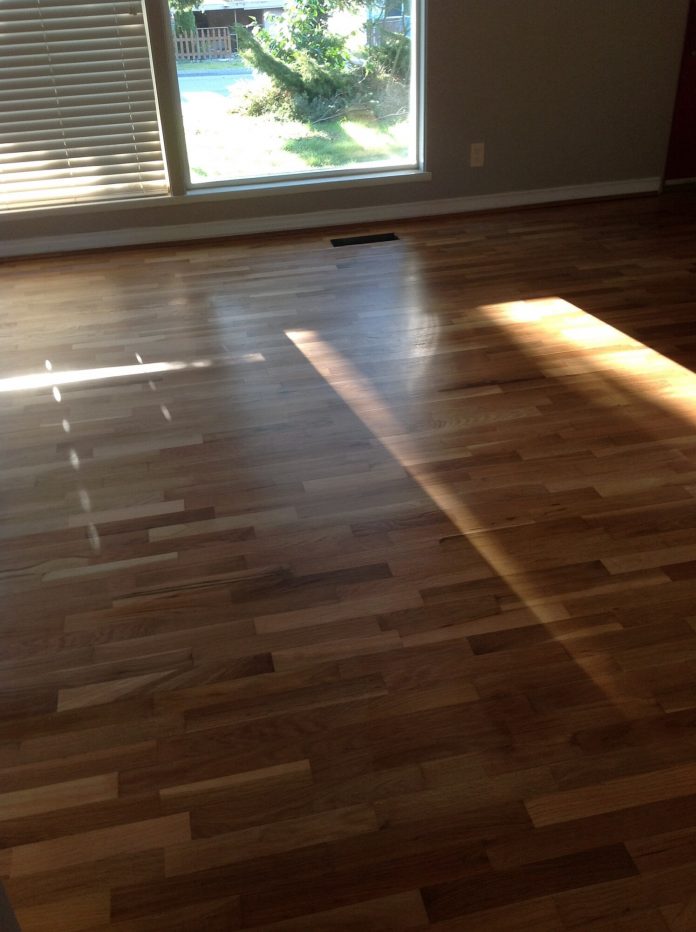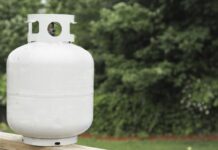Are you considering hardwood flooring for your home? If so, you’ve made an excellent choice. Hardwood floors can increase the value of your home by nearly 2.5 percent and they also have a good return on investment (ROI).
Now, you may be wondering about the various types of home hardwood flooring. This guide will help you navigate the different kinds of hardwood floors and help you find the best option for you and your home.
Solid vs Engineered Residential Hardwood Flooring
Before we go any further, let’s take a look at engineered vs hardwood. Traditional hardwood flooring features solid wood boards while engineered hardwood flooring looks like the real thing but has more application options for a lower price point.
Engineered hardwood boards have a multi-layer base that is then topped with a layer of real hardwood. Solid hardwood flooring comes from a single piece of wood. Let’s take a look at the benefits of hardwood floors for both of these types.
Solid Hardwood Flooring
You can finish this type many times, so it can last longer. You can also install right over the wood subfloor because each board is individually nailed and positioned to the subfloor. This means you can’t install it on concrete substrate.
You need to avoid areas with a lot of residual moisture and humidity such as basements, bathrooms, and kitchens. It can begin to swell and push upward at the seams if exposed to too much moisture. If the moisture level of the wood is higher after it was installed, gaps can form between the seams as the wood shrinks and dries.
Engineered Hardwood Flooring
Engineered hardwood flooring is made with multiple layers of resin, polymers, compressed wood, and then real hardwood is placed on the top layer. It can be installed over various types of flooring because it is not tailed into the subfloor. The planks fit and snap together through the groves of the sides of each plank.
It is considered a floating floor because it is not physically attached to the floor beneath, so you can put it directly on concrete, wood, linoleum, or tile. You can install this type of flooring in basements because it can withstand higher levels of humidity, but you will have to check the brand because some resistance to moisture varies.
Unlike real hardwood, you can only sometimes refinish it based on how thick the layer of hardwood is on the top of the product. Some you may be able to refinish once or twice, but the majority of engineered hardwood flooring cannot be refinished.
There are will no gaps in the seams when exposed to moisture. This is because the engineered floor has expansion space around to accommodate movement after installation to keep the floor level and flat.
Finishing Home Hardwood Flooring
Solid hardwood flooring used to only be installed unfinished. This means the installer would then apply the stain and finish coat for surface protection after installation. Today, you do have choices—you can get a prefinished product or unfinished hardwood flooring.
Unfinished
Unfinished is the smoothes option because it is sanded right after installation. This means there is no discrepancy in the height of the boards. You can also select from a variety of shades and create a custom color for your home.
Since it is unfinished, it is more time-consuming to install because it needs sanded, stained, and finished. It could be a matter of a few days for the complete installation process. It is messier to install as well because of the dust sanding and the toxic fumes of the stain and finishing products.
While the materials are lower in cost, it is more expensive in labor because you have to have it installed and finished.
Prefinished
There are still dozens of colors to choose from although you cannot customize your color. The material costs are higher, but your installation costs are lower.
You also don’t have to worry about dust or fumes after installation in your home. There are warranties in case there are issues with the finish coat and stain on your flooring materials.
Types of Wood
Now, that you know a little about the options available, we are going to dive into the various species of wood available. Each type has a level of hardness for durability along with other benefits of hardwood floors.
Oak
Oak is the most abundant wood in our country. It is the most common type of hardwood flooring because it is practical. Oak is durable and is also one of the cheapest hardwood floor types.
You can stain your oak dark, light, or medium, so you have a lot of options. It does have strong grain lines, but that is good because it can hide scratches and dents from kids and pets. It does also hide stains more than other types as well.
Hickory
Hickory is the hardest of the wood flooring species and is typically a commercial product. Hickory is also gaining popularity in the engineered hardwood market. It has a more rustic look and is typically a medium brown or creamy color.
Bamboo
Bamboo is grass and not a tree, but yet this wood is just as durable as hardwood trees. It is more affordable as well. Bamboo is gaining popularity because it is an eco-friendly type of floor.
You can also glue bamboo on your concrete floors, which makes it more cost-effective. You just want to make sure your bamboo is a certain type because some don’t hold up as well. You should always buy from a reputable dealer.
Maple
Maple floors have a more creamy, natural color than other hardwood floor types. They are lighter than oak but can appear yellow in some lighting. If you want a whitewash look, you should consider maple, but it is not as stain-friendly as oak.
Walnut
Walnut has a classy look but is not as hard as other flooring options. It is a rich, dark brown, so it seems sophisticated.
You can find Brazilian Walnut, which is a little more durable if you need flooring for high traffic areas.
Cherry
There are two types of cherry trees: American Cherry and Brazilian Cherry. Each has a subtle grain and has a reddish-brown color.
It is best to leave this type of floor in its natural form. Brazilian cherry is a little more durable.
Finding the Best Hardwood Floors
Hopefully, this guide gives you a better understanding of the various types of home hardwood flooring. You will need to consider your budget, along with the area you want to install. If it is a moisture-rich area, you should consider engineered wood flooring.
For more great home advice, keep perusing our site and come back for more great content.










